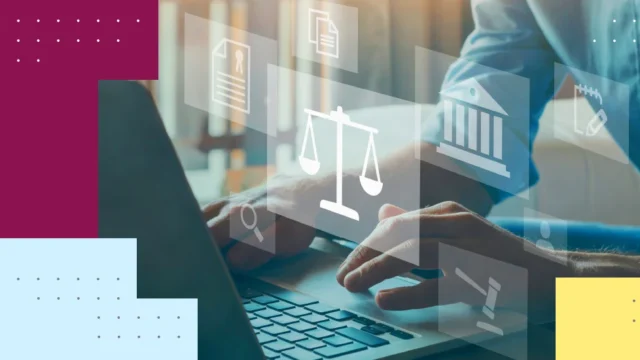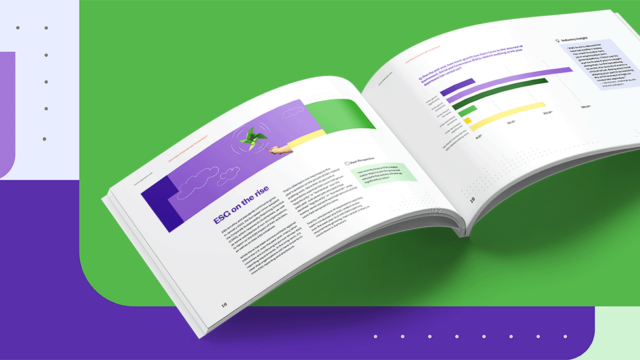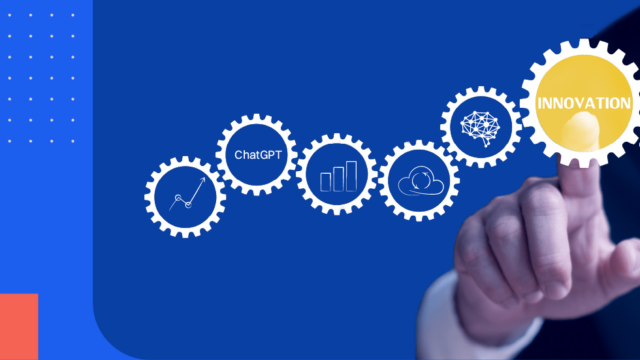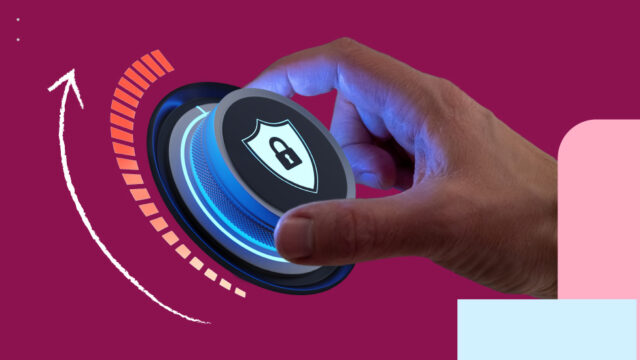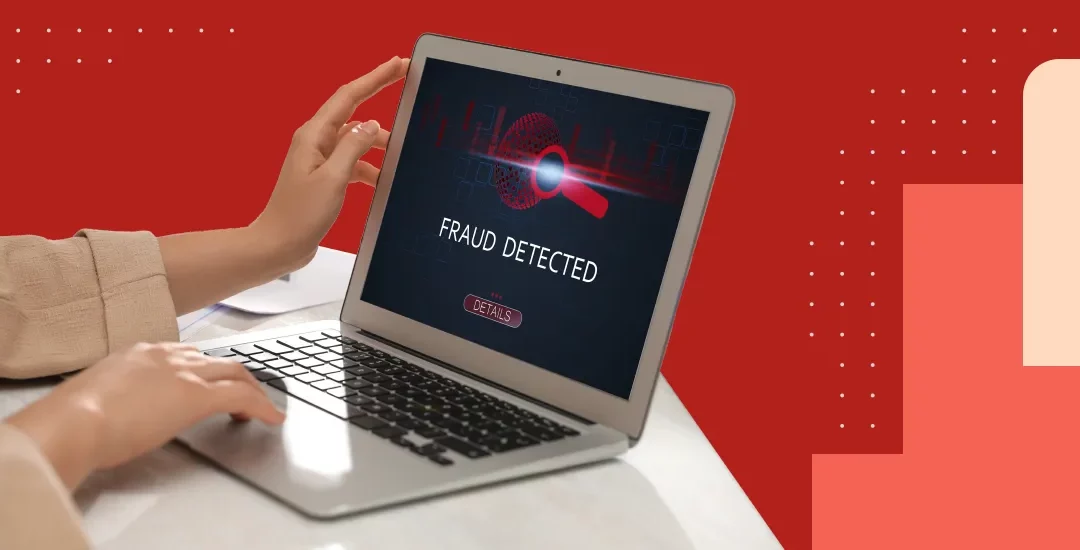
Choosing the Best Financial Fraud Detection Software
Discover the best financial fraud detection software for your company.
Financial fraud detection software finds instances of possible financial wrongdoing and automatically blocks it or alerts the account owner. The programs use artificial intelligence (AI), pattern recognition, algorithms, statistical analysis and anomaly detection to detect activity that could signal fraudulent behavior.
In the era of cybercrime and high-profile data breaches, financial fraud is typically associated with stealing credit card numbers, account login credentials, or other personal information. Many companies, especially those that operate primarily online, focus on assessing transactions and access requests to find anomalies.
According to a report from Feedzai, 93 percent of fraud today occurs online. However, the biggest danger for a company depends on the nature of its operations. Firms handling sensitive data for clients or customers need to protect against data loss from external actors while also monitoring for in-house fraud.
Here are steps to define and find the best software for your company’s needs.
Preliminary steps
The fraud detection software selection process starts long before a firm installs the program on its computers, websites, and cloud-based platforms. In addition to finding a quality program, it’s essential to define current fraud-related risks and security infrastructure. It’s also important to ensure the software fits the company’s needs and systems and doesn’t hinder daily operations.
Here are the steps necessary to select the best fraud protection tools:
Consult professionals
The business landscape has changed rapidly and new fraud-related threats arise almost constantly. Cybersecurity professionals can help companies not only define their current needs but also look ahead to account for future threats.
For instance, consulting firm McKinsey and Company predicts that within the next three to five years, hackers will develop methods using machine learning and AI to launch sophisticated cyberattacks. Professionals are aware of these upcoming challenges and can help companies make them part of their plans.
Conduct a risk assessment
Fraud detection software is not one-size-fits-all. For example, an e-commerce company needs a tool to detect credit card fraud and protect against chargebacks. However, these features will be of little use to an accounting firm, which needs to protect its clients’ financial data from external hacks and internal misuse.
A risk assessment analyzes business operations and defines the risks that pose the biggest dangers to these activities. With these insights, a company can then select fraud detection software that addresses these major risks.
Assess your cybersecurity infrastructure
The next step is to assess current cybersecurity systems. Any software should be compatible with existing systems and work to enhance them. While redundancies are sometimes welcome when it comes to IT security, certain software features may be unnecessary. For instance, if your firm has a network traffic analysis (NTA) program, it may be unnecessary to invest in fraud detection software offering a similar service.
Also, the software shouldn’t interrupt any existing security processes. You don’t want to create any new weaknesses that hackers could exploit or internal bad actors could use to remove sensitive financial data.
Understand your business’s unique goals and needs
Each business has its own set of needs and benchmarks to measure profitability, development, and overall success. Defining these aims is essential because it will help define fraud detection requirements.
As with the risk assessment, the goal of this step is to find fraud detection tools that will protect any gains the business makes and deflect issues that could set the company back after such successes.
Characteristics of high-quality fraud detection software
Fraud software should meet the specific security needs of a company. Though there are different options available on the market, there are some characteristics that all quality programs should have.
- Real-time tracking and reports: When it comes to issues like fraudulent charges and data breaches, every second counts. Real-time tracking, which usually requires a cloud-based system, can help the cybersecurity team receive alerts and detect suspicious behaviors in a matter of seconds, instead of hours or days.
- Mobile monitoring: In addition to monitoring accounts and online activity, the software should monitor mobile transactions. This trait is quite important, especially for e-commerce companies and retailers. Worldwide, 30 percent of people make at least one purchase each week using their phone.
- Pattern recognition and machine learning: Fraud detection often involves detecting activity that is outside the usual pattern of operations and actions. For example, an unusual flow of data within a network could signal a hack or internal attempt at fraud. Programs can use machine learning techniques to learn common usage patterns so that they can detect anomalies more accurately.
- Support and ease of use: The software should be easy to deploy. Though some configurations are sometimes necessary, the process shouldn’t be overly complex. Also, the company providing the software should offer accessible support and should have a record of providing regular updates and fixes if problems arise with the program.
Finally, fraud detection software should be able to monitor activity, send alerts, and even shut down the system without human intervention, if necessary.
Types of financial fraud detection software
Fraud detection software comes in different forms.
- E-commerce software focuses on limiting risks associated with online transactions. For example, the system will assess the risk level of each transaction. It will take steps such as verifying the location and IP address of the customer and checking user and card information against records for known fraudulent activity.
- Data-related solutions often rely on machine learning (ML) algorithms to assess huge amounts of data from past fraud cases to define patterns that the software can then look for in current transactions and online activities. Some of these ML products can also look for fraud among a company’s employees and other insiders.
In some cases, companies can look to business intelligence software or a finance-related data analytics tool to offer insights that can help detect fraud inside or outside of a company. Even firms that rely on sophisticated anti-fraud software can use these additional tools to enhance their security.
When is it time to update your fraud detection software?
Software updates are extremely important. Here are the times when you should look for updates.
- After a security patch: Software firms test and debug their products before release. However, problems can still arise. When users find issues, the developers will often create a fix and then send out an update to all customers. The company can download and install this update to fix the flaw.
- After new features become available: Developers may also offer new features. For fraud detection software, these upgrades might include the ability to monitor mobile payments such as Google Wallet or Apple Pay.
- Performance updates: Hackers and other cybercriminals are always coming up with new techniques for accessing financial data or tricking payment processing systems. Fraud detection software developers may update their products to counteract these new techniques.
If a company’s current fraud detection software no longer meets its needs, it should consider a different product. For example, if the software cannot scale up to handle growth or if it cannot monitor new payment processing systems, an upgrade to a more feature-rich product may be necessary.
Typical costs of financial fraud detection software
The idea that companies get what they pay for can apply to fraud detection software. However, cost is not synonymous with quality.
Most fraud detection tools use software-as-a-service (SaaS) business models with costs ranging from $25 to $1,000 per month depending on features and number of users.
Large companies often choose to buy a license to use the software across all their networks. This can cost tens or hundreds of thousands of dollars, but it saves the IT department from having to purchase and install hundreds of individual downloads.
Different needs for different business sizes
The first impression may be that larger companies need more feature-rich software. This may not always be the case because corporations often have robust cybersecurity measures in place and rely on experienced IT and cybersecurity teams to combat hackers and fraud.
Small businesses, on the other hand, may need more anti-fraud features because they lack an IT staff and do not have advanced firewalls and network traffic monitoring systems.
While fraud detection software may rely on advanced algorithms, machine learning, complex statistical analysis and artificial intelligence, companies should not forget about the fundamentals. Auditing financial data can expose fraudulent activities. Tools like cloud-based accounting software with data encryption can help enhance both security and transparency, and access to working papers can assist auditors in collecting and organizing evidence to support their findings.

